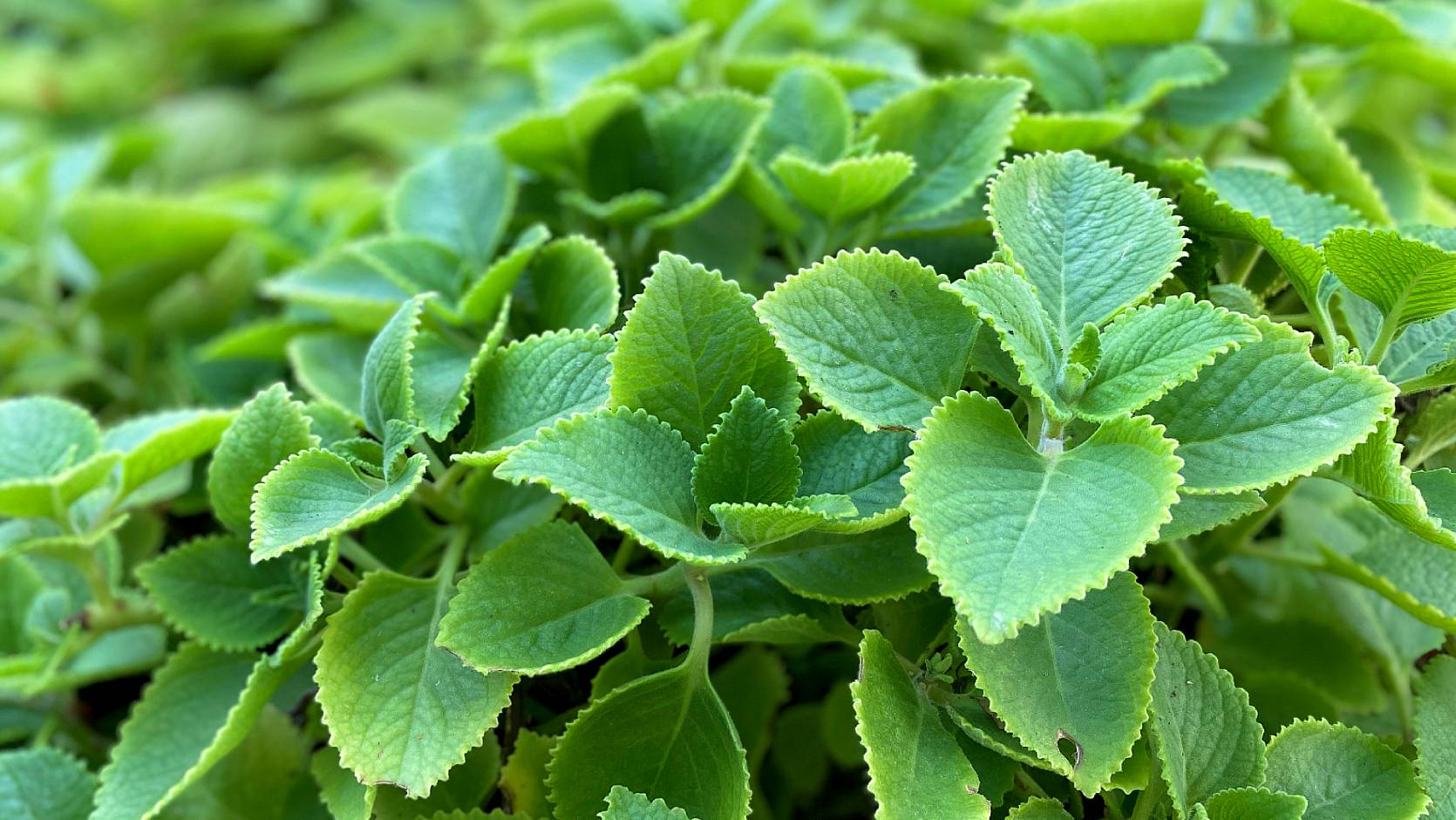Flowers for the Soul… and the Tummy… :)
They’re pretty… and nutritious!
While flowers are universally appreciated for their ability to brighten up a garden (and our mood), many colourful blooms also have nutritional benefits and/or unique flavours that can enhance food and beverages. Here are 5 edible flowers – look out for a few of them when you visit our Gardens!
P.S. Before ingesting any edible flower, please make sure the flowers were organically grown!
Blue Pea / Butterfly Pea
Clitoria ternatea
You may have noticed the influx of curiously blue-hued “hipster” coffees and teas in recent years. Traditionally used in Malay and Peranakan cuisines, the beautiful tint is achieved using a dye extracted from the flowers of the Butterfly Pea. Adding acidic elements like lemon juice turns the midnight blue into an equally dreamy purple too! Surprisingly hardy, the Butterfly Pea is a climber that prefers full sun, and can adapt to a wide range of soil conditions.
Roselle
Hibiscus sabdariffa
Do you enjoy Ribena? Try boiling the tender calyces of Roselle in water and straining the concoction for a striking red drink that tastes similar to the much-loved blackcurrant beverage – the leftover pulp can even be made into jams. Otherwise, you can leave the calyces on the stems (but remove the leaves) to make an eye-catching cut-flower arrangement! The plant can easily be grown from seeds or stem-cuttings, but do locate it where there is at least 6 hours of sunshine daily.
Torch Ginger
Etlingera elatior
Grown as an ornamental, the Torch Ginger produces vibrant and showy flowers that are great as cut flowers. But it’s their young, unopened flower buds that steal the show in Asian cuisines, especially in Nyonya dishes. Favoured for their unique fragrance and taste, many consider it an essential in perennial favourites like Assam laksa, Rojak, and Kerabu Bee hoon. The Torch Ginger isn’t container-friendly, so if you don’t have a backyard, suggest it for your neighbourhood community garden instead!
Mexican Tarragon
Tagetes lucida
Give your salad or home cooked dishes an instant dash of nutrition and IG-worthiness with the small marigold-like flowers of the Mexican Tarragon! Traditionally, both its flowers and leaves have been used to make an anise-flavoured medicinal tea in Mexico, while a deep-yellow dye can also be extracted from the flowers. The plant can take varying levels of sunshine, but do plant it where it can receive at least 4 hours of direct sunlight.



